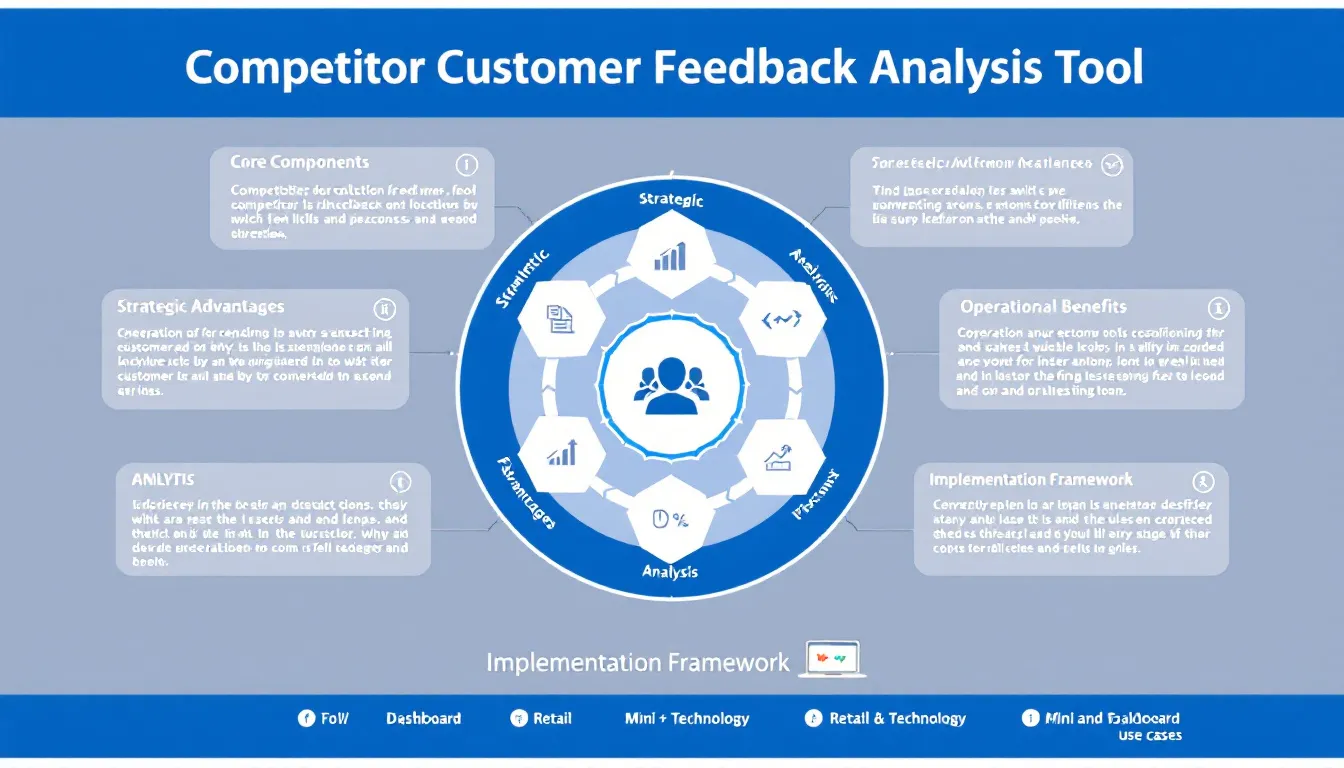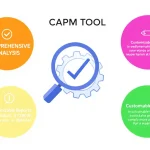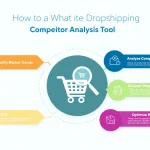Is this tool helpful?
How to Use the Competitor Customer Feedback Analysis Tool Effectively
To get the most out of this competitor customer feedback analysis tool, follow these clear steps to gather detailed insights and improve your product development strategies:
- Target Company Name: Enter the full legal name of the company whose customer feedback process you’d like to study. For example, use “Netflix, Inc.” or “Procter & Gamble Co.”
- Competitors to Analyze: List key competitors separated by commas to compare their feedback strategies. Examples include “Hulu, Amazon Prime Video, Disney+” or “Unilever, Johnson & Johnson, Colgate-Palmolive”
- Specific Feedback Areas (Optional): Specify particular areas of customer feedback you want to focus on, such as “User Experience, Delivery Timeliness” or “Product Durability, Customer Support”
- Analysis Time Period: Define the timeframe for your analysis with phrases like “Q1 2023 – Q4 2023” or “Past 18 months”
What Is the Competitor Customer Feedback Analysis Tool?
This tool helps you analyze how your competitors gather, evaluate, and act on customer feedback to enhance their products and services. By examining competitor feedback processes, you gain valuable insights to refine your own product development and customer experience strategies.
It offers a structured approach to understanding:
- Customer feedback collection techniques
- How feedback is integrated into product development cycles
- Metrics that measure implementation success
- Areas where competitors excel or fall short
- Opportunities to improve your feedback loops
Key Benefits of Using This Tool
- Identify industry-leading feedback practices to adopt
- Benchmark your methods against major competitors
- Discover gaps and opportunities in your feedback processes
- Optimize product development based on actionable insights
- Enhance customer satisfaction through better engagement
Practical Uses of the Competitor Feedback Analysis Tool
This tool suits various industries where understanding competitor feedback handling impacts product success and customer loyalty. Here are practical examples of how to apply it:
Example: Consumer Electronics Industry
- Analyze how competitors like Sony and LG collect product quality feedback
- Compare warranty claim processes and customer service responsiveness
- Spot techniques for incorporating customer suggestions into product updates
- Evaluate social media monitoring for user sentiment
- Learn from competitor resolution times and complaint management
Example: SaaS (Software as a Service) Sector
- Examine beta testing and user feedback channels used by companies like Salesforce and Slack
- Assess integration of feature requests into development roadmaps
- Track support ticket analysis and customer satisfaction trends
- Identify approaches to prioritizing bug fixes and feature enhancements
- Analyze feedback cycle frequency and effectiveness
Frequently Asked Questions about the Competitor Customer Feedback Analysis Tool
Which industries benefit most from this analysis tool?
Any industry with active market competition can benefit, including retail, technology, manufacturing, financial services, and healthcare. The tool adapts well to various business models and competitive landscapes.
How often should I perform competitor feedback analysis?
Perform competitive feedback analysis regularly: quarterly for fast-changing sectors like tech, and semi-annually for more stable industries. Regular reviews help keep your strategies current and informed by the latest competitor activities.
What insights will this tool provide?
You’ll learn about competing companies’ customer feedback channels, product iteration processes, engagement methods, and how effectively they implement improvements based on feedback.
Can smaller businesses use this tool effectively?
Absolutely. Small businesses can analyze larger competitors’ feedback strategies and adapt best practices to fit their scale, leveling the playing field through smarter, data-driven decisions.
How does this tool support improving my product development?
It highlights competitor product development cycles and how feedback influences new features and fixes, helping you prioritize initiatives that align with customer needs and industry trends.
What results can I expect from using this tool?
Expect clearer customer feedback processes, enhanced product strategies, stronger customer engagement, and more successful execution of customer-driven improvements.
How do I implement the analysis results effectively?
Prioritize findings based on your resources and strategic goals. Develop a clear action plan with deadlines and assign team members to ensure timely and effective execution of improvements.
Important Disclaimer
The calculations, results, and content provided by our tools are not guaranteed to be accurate, complete, or reliable. Users are responsible for verifying and interpreting the results. Our content and tools may contain errors, biases, or inconsistencies. Do not enter personal data, sensitive information, or personally identifiable information in our web forms or tools. Such data entry violates our terms of service and may result in unauthorized disclosure to third parties. We reserve the right to save inputs and outputs from our tools for the purposes of error debugging, bias identification, and performance improvement. External companies providing AI models used in our tools may also save and process data in accordance with their own policies. By using our tools, you consent to this data collection and processing. We reserve the right to limit the usage of our tools based on current usability factors.







